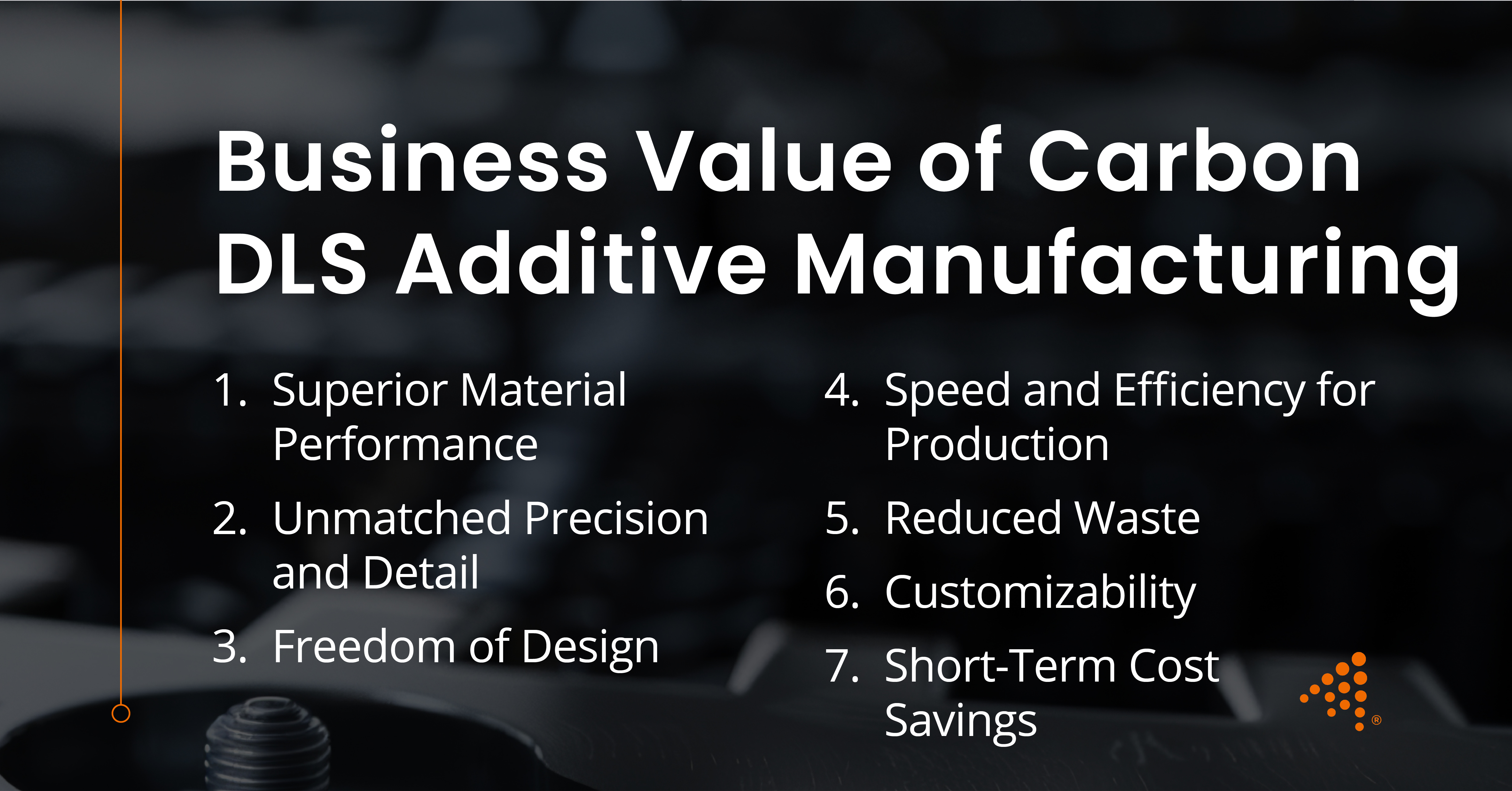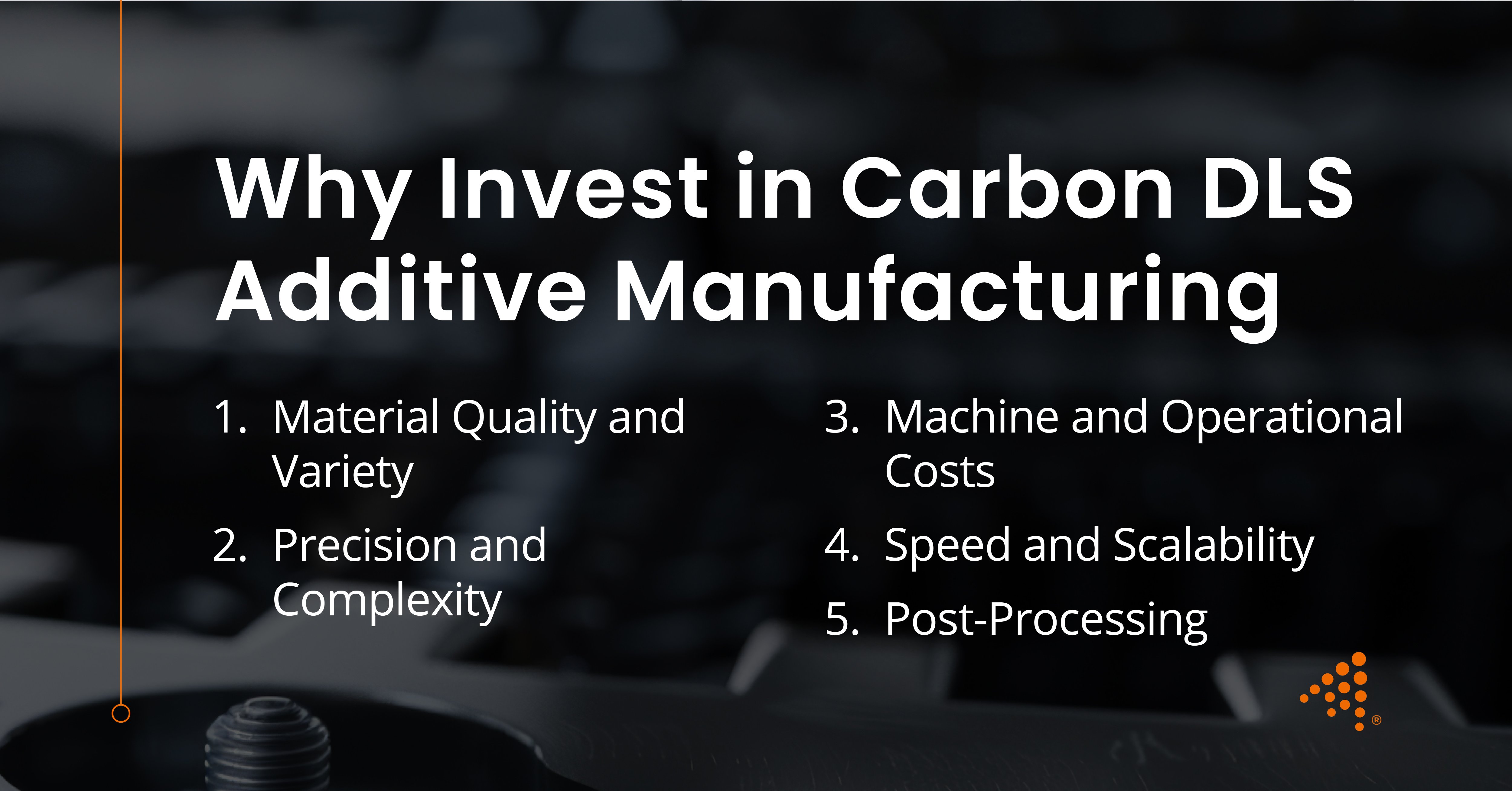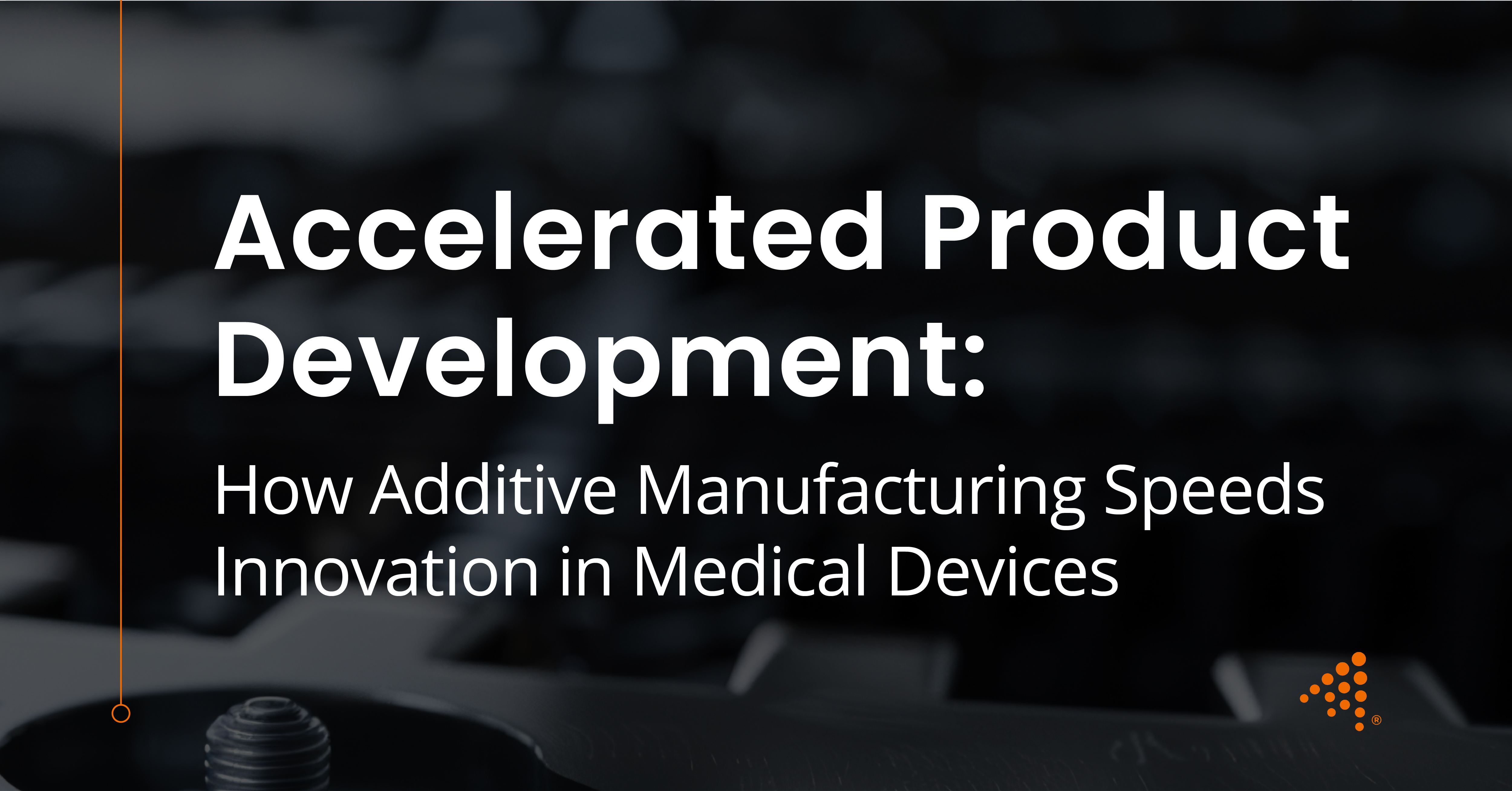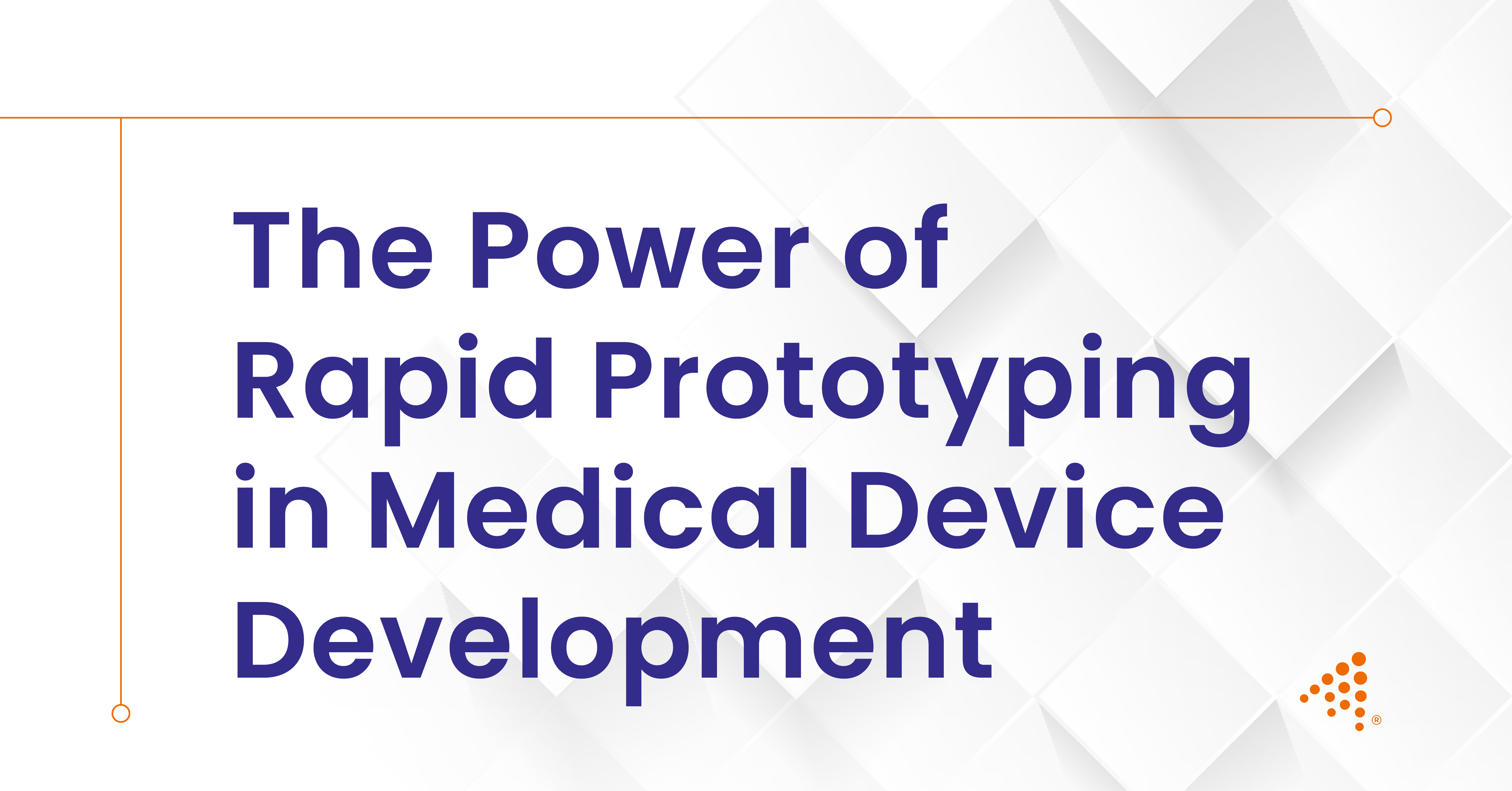Why Invest in Carbon DLS Additive Manufacturing | Aprios
Why Does Additive Manufacturing with Carbon DLS Come with a High Price Tag? If you've ever dabbled in 3D printing or looked into it for your...
3 min read
Nick Erickson : Sep 18, 2024 10:45:47 AM

Additive manufacturing, especially through advanced methods like Carbon DLS, often comes with a higher price tag than more common 3D printing methods like FDM (Fused Deposition Modeling). But is it worth it? Absolutely. And here’s why it’s a game-changer, particularly in medical and industrial settings.
When you’re dealing with mission-critical applications—whether that’s a component for an airplane, a medical device, or an automotive part—you can’t afford to compromise on material quality. Additive manufacturing uses materials that are purpose-built for these demanding environments.
Compared to FDM, which typically uses basic thermoplastics, additive manufacturing offers materials that are stronger, more durable, and resistant to wear and high temperatures. These materials are engineered to perform under tough conditions, making them essential for industries where reliability and strength are paramount.
If you need parts with intricate details or tight tolerances, additive manufacturing is the way to go. FDM is great for simpler projects, but it can’t match the precision and accuracy of technologies like Carbon DLS. For industries that require complex geometries—think medical implants or aerospace components—additive manufacturing can deliver parts with high-quality finishes and exacting specifications.
This level of precision is what makes it ideal for creating end-use products, not just prototypes. The ability to achieve these results without sacrificing quality or performance is a major reason why it’s worth the investment.
One of the biggest advantages of additive manufacturing is the design flexibility it offers. Traditional manufacturing methods, like injection molding, have their limitations when it comes to complex shapes or internal structures. Additive manufacturing, on the other hand, allows you to create intricate designs that would be impossible or extremely expensive using other methods.
This opens up a world of possibilities for creating innovative products that are lighter, stronger, and more functional. The freedom to design without being constrained by traditional manufacturing techniques is a huge asset, particularly when it comes to pushing the boundaries of what’s possible.
Additive manufacturing isn’t just about prototyping anymore. It’s increasingly being used for low-volume production runs, which can drastically reduce lead times. This means you can get your product to market faster or quickly iterate on designs without the lengthy setup times associated with traditional manufacturing processes like injection molding.
For industries where time is money, the speed and efficiency of additive manufacturing can be a critical advantage. Whether you’re launching a new product or need to make fast adjustments, the ability to produce parts quickly can make a huge difference.
Additive manufacturing is a more sustainable option compared to traditional subtractive methods, which often result in a lot of material waste. Since additive manufacturing builds parts layer by layer, it uses only the material needed for the part itself, minimizing waste.
For industries where material costs are high or sustainability is a priority, this reduction in waste can provide significant value. Not only does it lower material costs, but it also aligns with environmentally conscious business practices.
One of the standout benefits of additive manufacturing is the ability to customize parts without the need for expensive tooling. This is particularly important in industries like healthcare, where custom-fitted or patient-specific products can improve outcomes.
Imagine being able to 3D print a custom medical device or prosthetic tailored to an individual patient’s needs. Additive manufacturing makes this possible, and it does so in a way that’s far more cost-effective than traditional methods, especially for small-batch production.
While the initial investment in additive manufacturing might seem high, it can actually save money in the short and medium terms. By reducing the need for expensive tooling and shortening production times, additive manufacturing is more cost-effective to get started—especially for specialized, small-batch parts.
For companies looking to produce highly specialized parts, additive manufacturing offers a way to do so without the high upfront costs of traditional methods. In many cases, the long-term savings make it a smarter financial choice, despite the initial expense. This can be a life-saver for start ups who need to stretch their funding.
In short, yes! Additive manufacturing offers a host of benefits that justify its higher cost, especially in industries where precision, material performance, and design flexibility are critical. Whether you’re creating a life-saving medical device, an aerospace component, or a custom-fitted product, the value lies in the superior quality, efficiency, and innovation that additive manufacturing delivers.
When you consider the long-term cost savings, reduced waste, and the ability to quickly scale production, the investment becomes even more appealing. In today’s competitive market, where speed, precision, and customization are key, additive manufacturing is not just worth it—it’s often the smartest choice.

Why Does Additive Manufacturing with Carbon DLS Come with a High Price Tag? If you've ever dabbled in 3D printing or looked into it for your...

In the highly competitive medical device industry, the speed and efficiency of the product development lifecycle are paramount. The ability to move a...

3 min read
In the rigorous and highly regulated world of medical device development, the path from an initial concept to a market-ready product is fraught with...